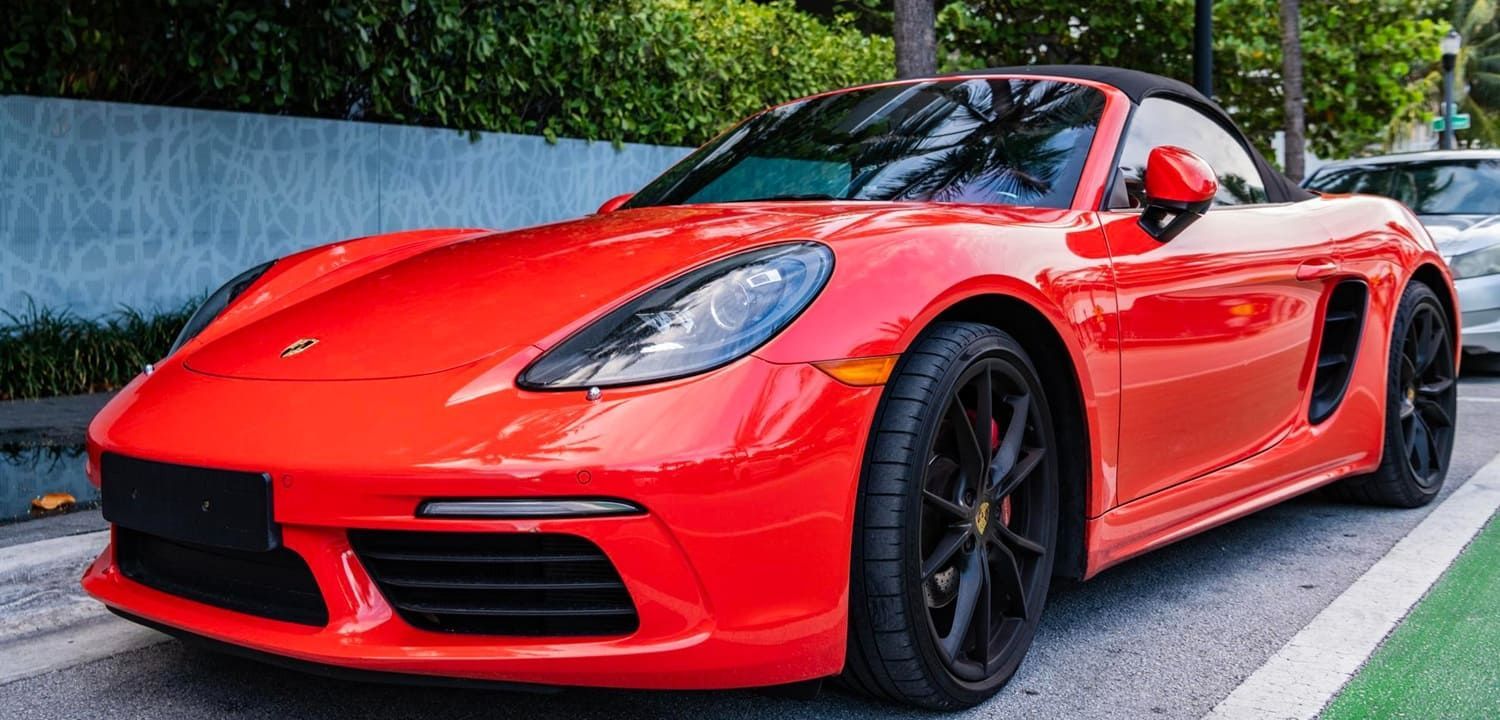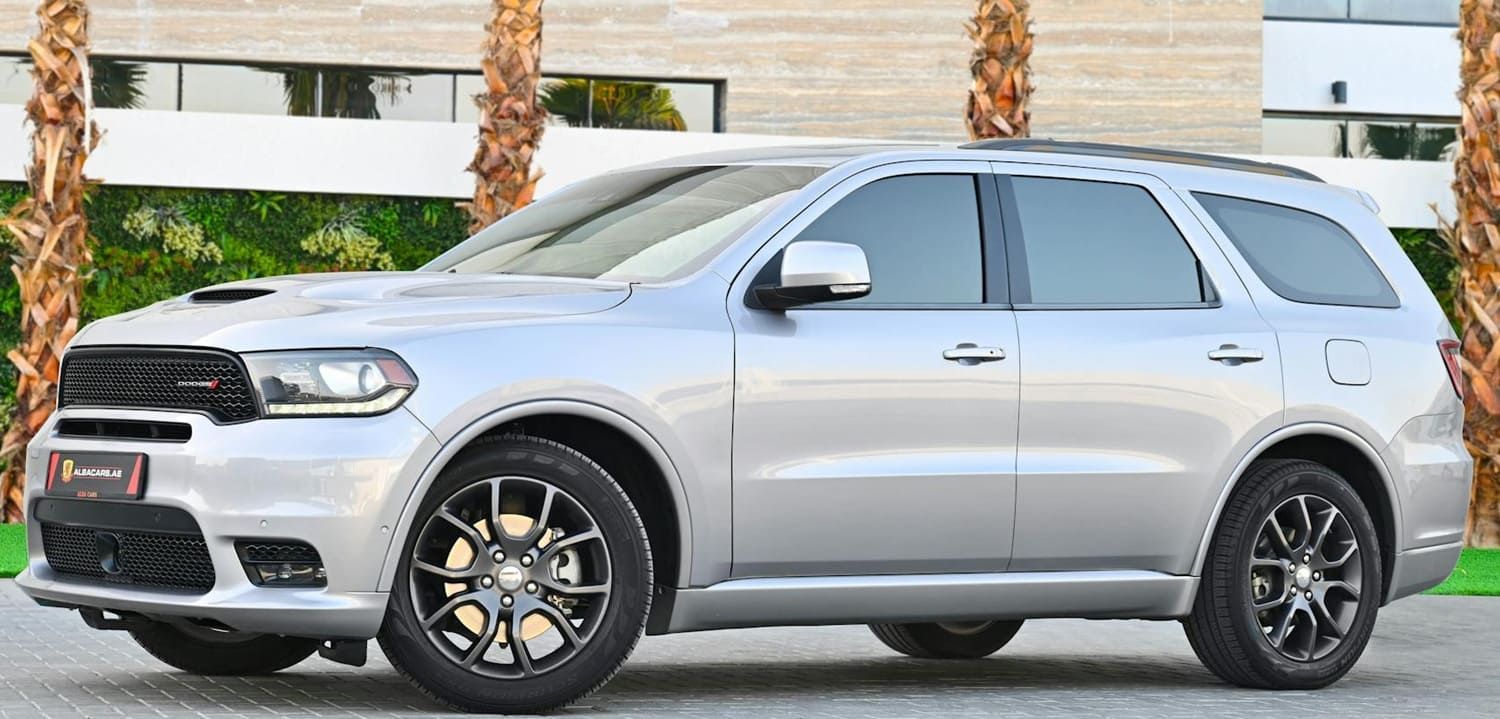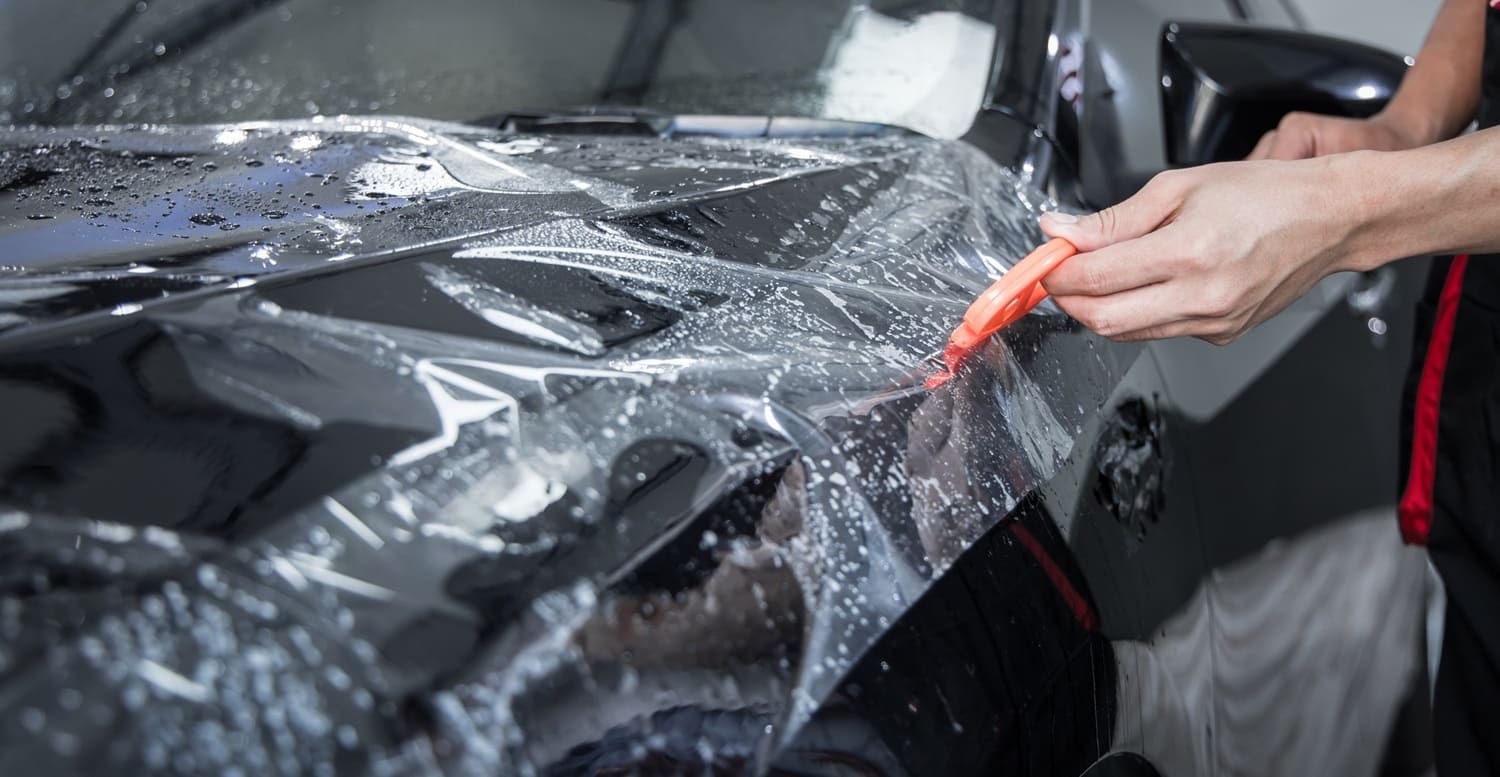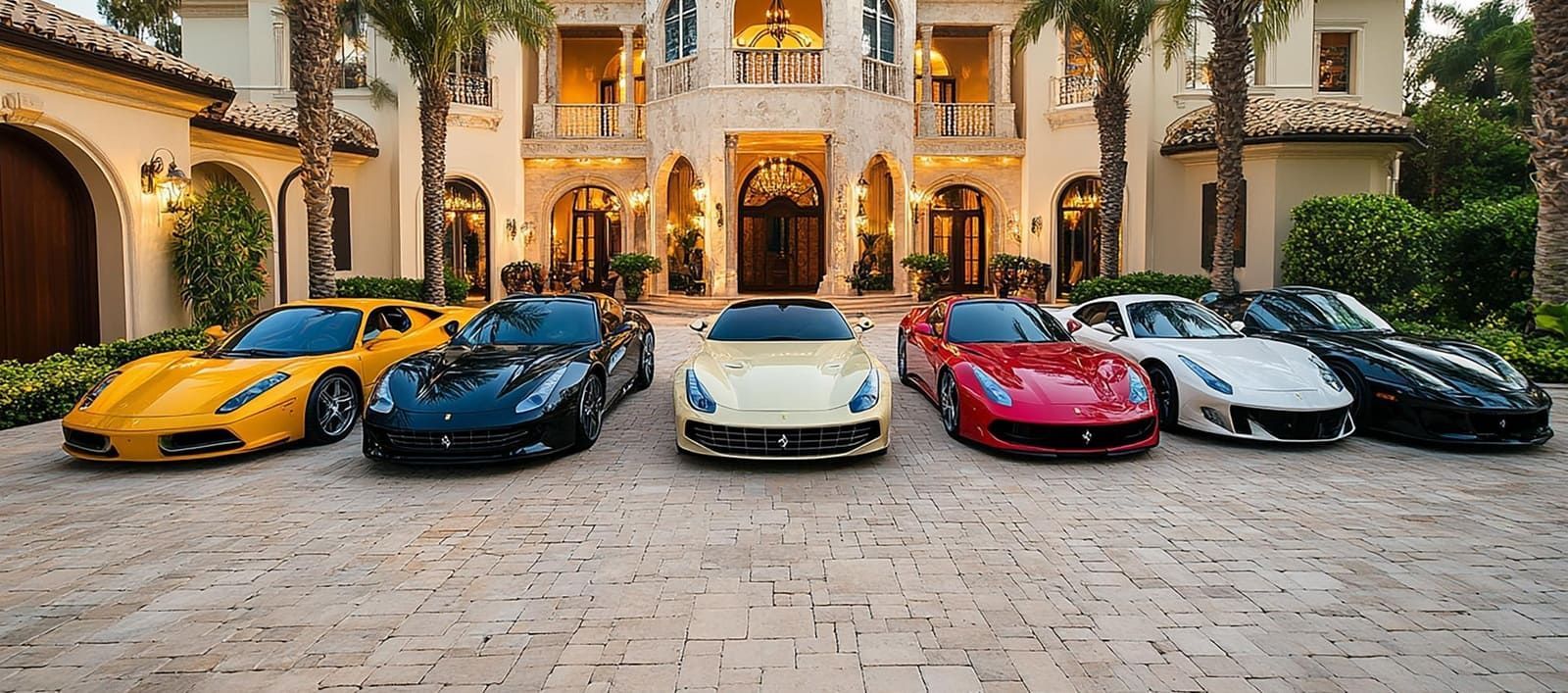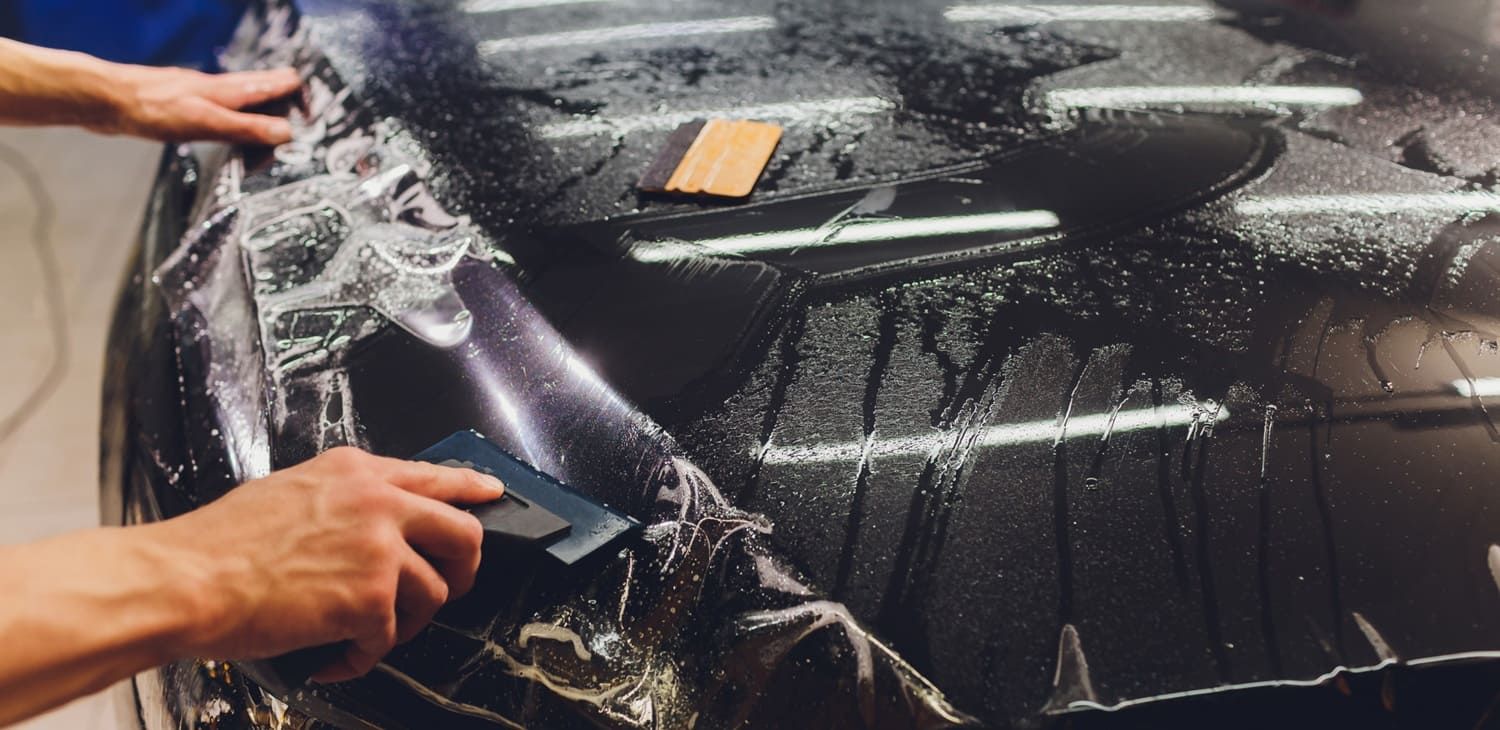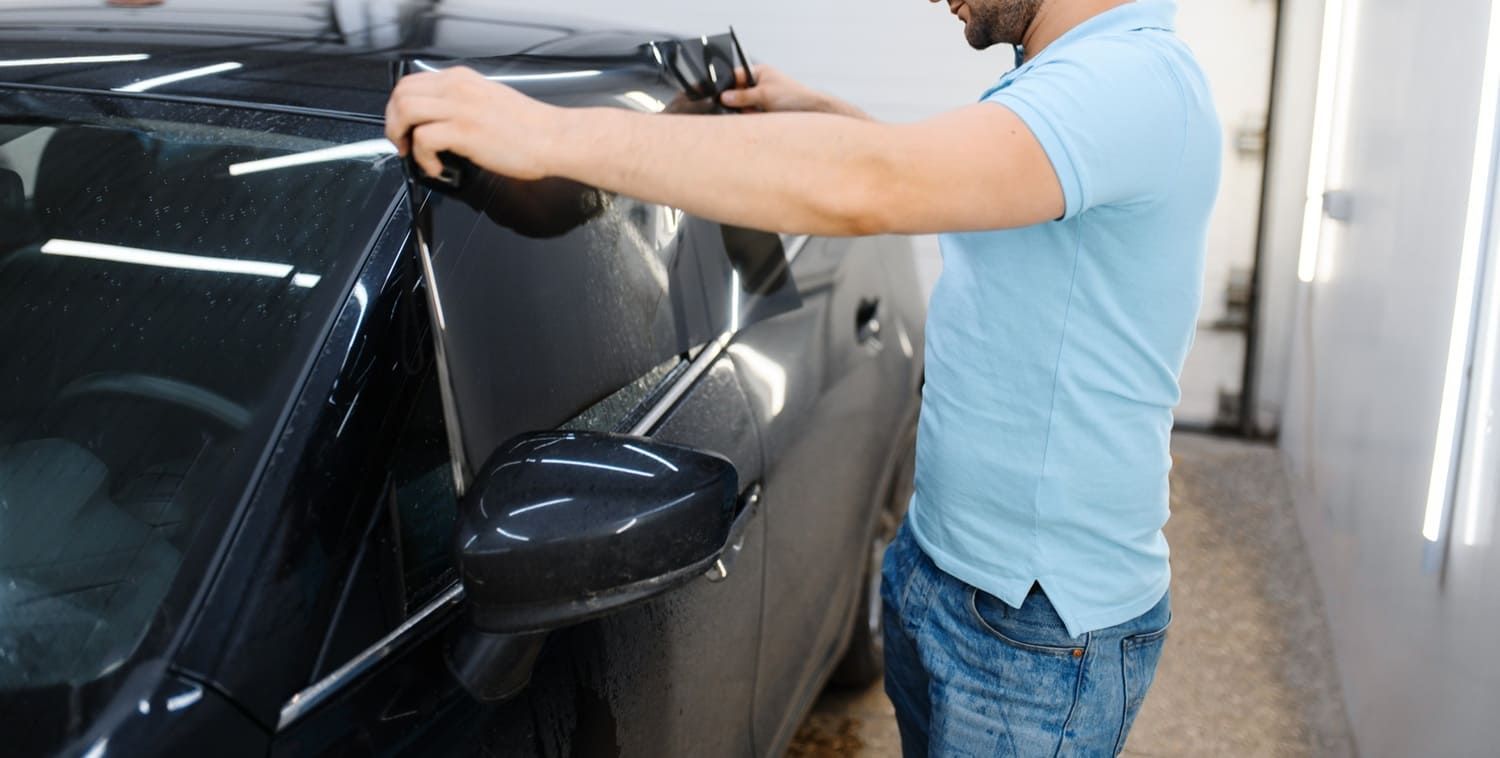Comparing Dyed, Carbon, and Ceramic Tints: Pros and Cons for Car Owners
Choosing the right window tint for your car can be a daunting task. There are many factors to consider, from cost to durability, aesthetics to UV protection.
Three popular choices are dyed, carbon, and ceramic tints. Each has its unique benefits and drawbacks.
Dyed tints are often favored for their affordability and aesthetics. Carbon tints offer a balance between cost and performance. Ceramic tints, while more expensive, provide superior heat reduction and durability.
But how do you decide which is the best fit for your needs? This guide aims to help.
We'll delve into the pros and cons of each type, comparing their performance, cost, and installation process. By the end, you'll have a clearer understanding of dyed, carbon, and ceramic window tints.
Let's start this journey towards making an informed decision for your car's window tinting needs.

Understanding Window Tints: An Overview
Window tints are not just for looks; they serve multiple functions. They enhance privacy, improve comfort, and protect interiors from UV damage.
Different materials and technologies make up today's tints. The main types are dyed, carbon, and ceramic. Each type offers distinct benefits and suits different needs.
Dyed window tints use a colored dye to block sunlight. They absorb heat and prevent it from entering your vehicle. Carbon and ceramic tints, however, use advanced technology for better heat and UV protection.
Choosing the right tint involves considering several factors. These include cost, performance, and aesthetics. You should also consider installation quality and legal restrictions on tint darkness. By understanding these basics, you can make a more informed choice.
Dyed Window Tints: Affordable and Aesthetic
Dyed window tints are a popular choice among budget-conscious car owners. These tints offer an economical way to enhance your vehicle's appearance. They rely on a film with dyed layers to block some sunlight.
Despite their simplicity, dyed tints can significantly improve the look of a car. They are available in various shades to match personal preferences. This flexibility allows you to achieve a custom aesthetic without breaking the bank.
The installation of dyed window tints is straightforward. However, their performance is less impressive compared to advanced tint technologies. They mainly absorb light, which results in basic heat protection.
Dyed tints do have their perks despite some limitations. They are less likely to interfere with GPS or radio signals. This is because they do not contain metallic components, unlike some other tints.
Here are some highlights of dyed window tints:
- Affordable and cost-effective
- Variety of shades and aesthetics
- Minimal signal interference
- Easy to install
Pros of Dyed Window Tints
Affordability is the main selling point of dyed window tints. They provide a cost-effective solution for those on tight budgets. In addition, their ease of installation reduces labor costs significantly.
Dyed tints enhance vehicle aesthetics at a low price. They offer several shade options, allowing for personalized customization. This feature is appealing to car owners who prioritize style.
Minimal interference with electronics sets dyed tints apart. Unlike metallic tints, they don't disrupt signals. This characteristic makes them convenient for modern drivers.
Cons of Dyed Window Tints
One notable downside of dyed window tints is their durability. They are prone to fading over time due to prolonged sun exposure. This often leads to a need for replacement sooner than with other tints.
Heat reduction capabilities of dyed tints are relatively limited. They absorb rather than reflect heat, making them less effective in hot climates. Consequently, interior temperatures might remain higher than desired.
Another concern is the potential for bubbling or peeling. Poor installation can result in these issues, requiring frequent maintenance. Such problems might affect the overall appearance and functionality of the tints.
Carbon Window Tints: The Mid-Range Choice
Carbon window tints occupy a sweet spot between dyed and ceramic options. They offer improved performance at a mid-range price. These tints feature carbon particles that enhance durability and functionality.
A key feature of carbon tints is their ability to block infrared light. This capability results in better heat rejection, keeping interiors cooler. Unlike dyed tints, carbon ones have a matte finish that appeals to many.
Carbon tints maintain color integrity over time. They resist fading, providing a long-lasting aesthetic appeal. This durability makes them a worthwhile investment for many car owners.
In addition to aesthetics, carbon tints enhance security. They can strengthen glass, making windows more shatter-resistant. This added layer of protection can be a selling point for safety-conscious drivers.
Key benefits of carbon window tints include:
- Better heat rejection
- Matte finish for improved appearance
- Fade-resistant materials
- Enhanced window strength
Pros of Carbon Window Tints
Carbon window tints offer superior heat rejection. They block significant amounts of infrared light, reducing cabin temperatures. This benefit enhances comfort, especially in sunny climates.
Durability is another strength of carbon tints. They retain their color and do not fade quickly, unlike dyed tints. This ensures a consistent appearance over many years.
The strength of carbon tints also improves safety. They make glass more resistant to shattering, offering an extra layer of protection. This feature is appealing to those prioritizing vehicle security.
Cons of Carbon Window Tints
Despite their benefits, carbon tints come with some drawbacks. They are generally pricier than dyed options. For those on a tight budget, this might be a concern.
Furthermore, carbon tints are less effective at reducing glare compared to ceramic tints. While they do improve heat rejection, they may not reduce glare to the same extent.
Some drivers may find carbon tints affect visibility at night. While this is a rare complaint, it can be an issue for some. It's important to test visibility under different conditions before choosing this tint type.
Ceramic Window Tints: Premium Protection
Ceramic window tints stand as the pinnacle of window tint technology. They offer superior protection and performance, outclassing both dyed and carbon tints. Made with ceramic particles, these tints are designed for strength and efficiency.
A distinguishing feature of ceramic tints is their exceptional heat rejection. They can block up to 50% or more of infrared light. This results in a significantly cooler car interior, reducing reliance on air conditioning.
Ceramic tints are also known for their clarity. Unlike dyed or carbon tints, they maintain excellent visibility at all times. This means less glare and no signal interference, thanks to their non-metallic composition.
The durability of ceramic tints is unmatched. They resist fading and are highly scratch-resistant. This ensures they maintain their appearance and functionality for many years.
Key benefits of ceramic window tints include:
- Exceptional heat rejection
- Enhanced visibility and clarity
- Non-interference with electronics
- Unmatched durability and scratch resistance
Pros of Ceramic Window Tints
Ceramic window tints are known for blocking up to 99% of UV rays, offering top-tier protection. This not only keeps the car interior cooler but also prevents upholstery damage.
Another key advantage is their clarity. Ceramic tints do not impede visibility, ensuring safe driving conditions under all lighting. The absence of metal elements eliminates any issues with signal interference.
Durability is a significant benefit. Ceramic tints are incredibly resistant to scratching and fading. This makes them a long-term investment, preserving their look and performance over time.
Cons of Ceramic Window Tints
The primary downside of ceramic window tints is their cost. They are the most expensive option on the market. For budget-conscious consumers, this might be a barrier.
Another consideration is the installation process. Ceramic tints require precise installation techniques. This means finding an experienced professional, which can add to the overall expense.
Finally, for some car owners, the aesthetics might not match their preferences. Although ceramic tints offer a sleek look, some may prefer the matte finish of carbon tints. Personal taste can influence this decision significantly.
Head-to-Head Comparison: Dyed vs Carbon vs Ceramic
When comparing dyed, carbon, and ceramic window tints, each offers distinct advantages and drawbacks. Understanding these differences is crucial to making an informed choice for your vehicle.
Dyed window tints are favored for their affordability and aesthetic enhancements. They're an excellent entry-level option, providing moderate UV protection while not breaking the bank. However, they fall short in heat rejection and tend to fade over time.
Carbon tints sit comfortably in the mid-range, balancing performance and cost. They offer better heat rejection and UV protection than dyed tints. Plus, their matte finish is a favorite for those seeking a unique look. Yet, they may not match the superior performance of ceramic tints.
Ceramic window tints are the premium choice, offering top-notch heat rejection and UV protection. They ensure clear visibility and do not interfere with electronic signals. The main downside is the cost, as they are significantly more expensive than other options.
Here's a quick list highlighting key aspects of each tint type:
- Dyed Tints: Cost-effective, fades over time, moderate performance
- Carbon Tints: Enhanced performance, matte finish, mid-range pricing
- Ceramic Tints: Superior protection, no signal interference, high cost
Ultimately, the right choice depends on your priorities, whether it's budget, performance, or aesthetics.
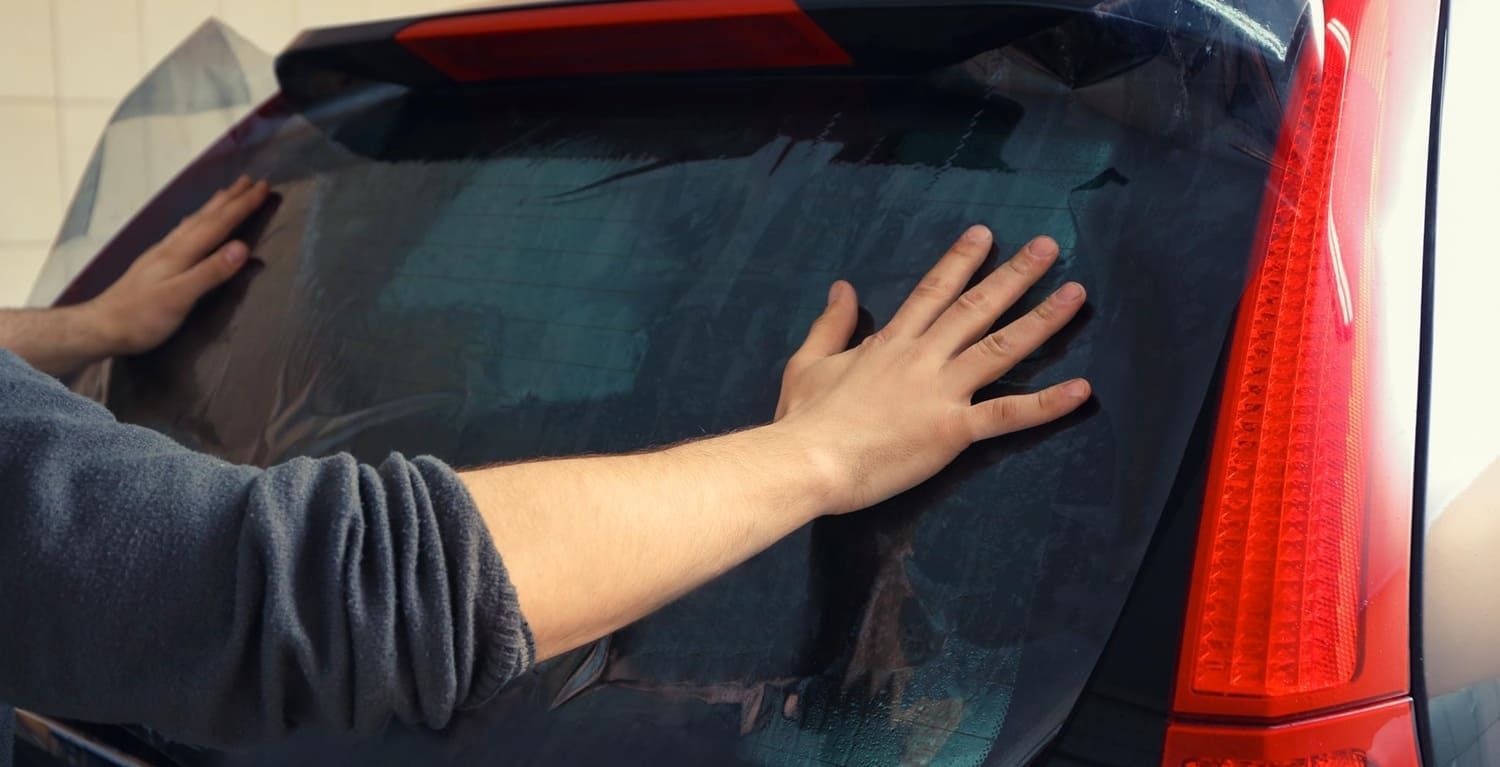
Installation and Maintenance: What Car Owners Should Know
Proper installation is crucial for the longevity and effectiveness of window tints. Professional installation is highly recommended, as it ensures the film adheres correctly to the windows. Mistakes during installation, such as bubbles or misalignment, can compromise both appearance and performance.
Maintaining your window tints is relatively simple but important to ensure they last. Use soft cloths and gentle cleaning solutions to avoid scratches. Abrasive cleaners and rough materials can damage the tint and reduce its effectiveness over time.
Regular checks for any signs of peeling or bubbling are also advisable. These issues, if not addressed promptly, can lead to more significant problems. Some manufacturers offer warranties that cover defects, so reviewing these can provide peace of mind. Overall, a little attention and care can keep your tints in optimal condition for years.
Legal Considerations and Compliance
When considering window tints, it's crucial to be aware of local tinting laws. These regulations can vary significantly by region and dictate the allowable levels of tint darkness. Non-compliance with these laws can result in fines or mandatory removal of the tint.
To ensure compliance, check the regulations regarding visible light transmission (VLT). Some areas have specific restrictions for different windows of the vehicle. Consulting with a professional installer can also be beneficial. They often stay updated on the latest legal requirements and can guide you in choosing the right tint to avoid legal issues.
Cost-Benefit Analysis: Which Tint Offers the Best Value?
Evaluating the costs and benefits of window tints can be complex. Dyed window tints are the most budget-friendly. However, they may require replacement sooner due to their tendency to fade.
Carbon tints offer a balanced option for cost and performance. They provide more UV protection and are more durable than dyed tints. This makes them a cost-effective choice for those seeking long-term value.
Ceramic tints stand out in performance but come with a higher price tag. Their superior heat and UV protection, along with durability, might justify the expense for car owners prioritizing premium benefits. Selecting the right tint should align with personal needs and financial considerations.
Conclusion: Making the Right Choice for Your Vehicle
Choosing the right window tint for your vehicle involves careful consideration of your specific needs and budget. At Sun Stoppers Window Tinting in Fort Pierce, FL, we specialize in LLumar window tinting, offering dyed, carbon, and ceramic tints that each provide unique benefits.
Ultimately, your decision should balance cost, UV protection, aesthetic preferences, and durability. Sun Stoppers Window Tinting helps you assess these factors to select the best tint for your driving experience. Whether you prefer budget-friendly dyed tints, mid-range carbon tints, or top-tier ceramic tints for superior heat reduction and longevity, our expert team ensures you make an informed choice that enhances your vehicle’s comfort and style.
Contact us today for a free estimate and let Sun Stoppers Window Tinting help you achieve the perfect window tint that meets your needs and elevates your vehicle’s appearance and functionality.
FAQs About Window Tints
Choosing the right window tint can raise several questions. Here, we address some common inquiries to help you make an informed decision. Understanding key factors can simplify the selection process.
- What's the main difference between dyed, carbon, and ceramic tints?
- The primary difference lies in their construction and performance in areas like UV protection and heat reduction.
- Do window tints affect visibility at night?
- Yes, darker tints can reduce visibility in low-light conditions. Consider your driving habits when choosing a shade.
- Can I install window tints myself?
- It's possible, but professional installation is recommended for a flawless finish and durability.
Awareness of tinting laws is crucial, as regulations vary by region. Local laws may restrict the darkness or placement of tints, to ensure safety. Always check current legal guidelines before installation to avoid fines and potential safety issues. Choosing the right tint involves balancing aesthetic preferences with functional benefits and compliance.


